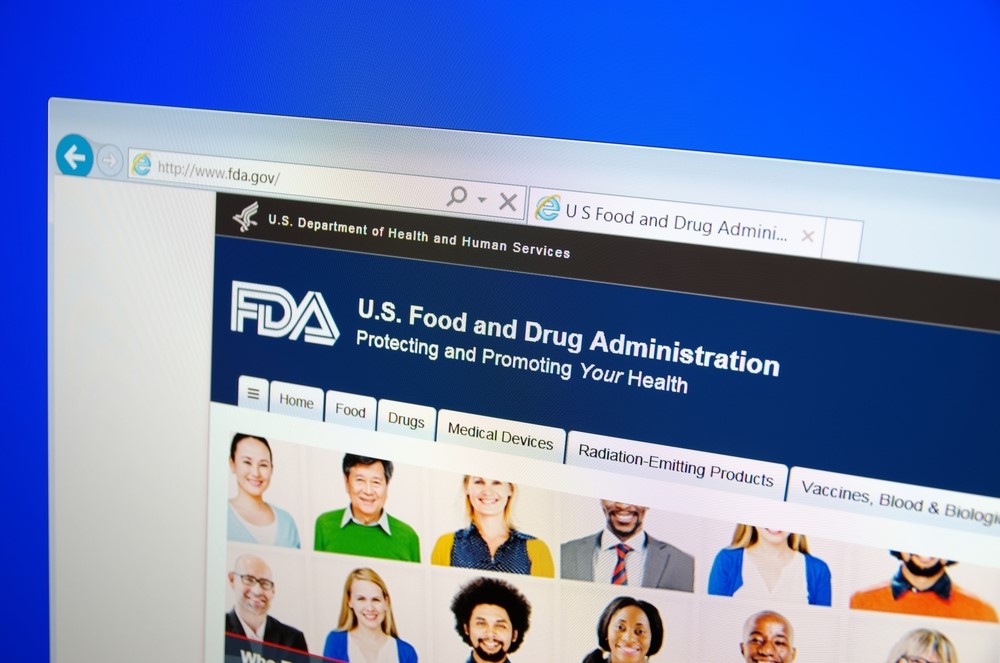Oct. 3, 2016 – Although the FDA’s Office of Prescription Drug Promotion (OPDP) has issued just four enforcement letters in 2016, it remains focused on enforcement through other means, such as issuing guidance documents, and reviewing draft product labeling and launch materials to promote voluntary compliance, according to OPDP Director Tom Abrams.
Abrams, who spoke last week at a Food and Drug Law Institute conference held in Washington, D.C., conceded that the number of Warning Letters and Untitled Letters issued by OPDP are down, but affirmed that these letters are only one element of the agency’s approach to promoting voluntary compliance.
APCO Worldwide’s Wayne Pines told the Coalition for Healthcare Communication that there are several reasons for the decline in enforcement letters. “Two things explain why enforcement letters are down: Compliance by companies is better due to a large extent to corporate integrity agreements, and FDA itself is wary of taking action against marginal or nuanced violations because of recent court cases,” Pines said. “OPDP does issue hundreds of advisory letters each year and that also has led to better compliance and less need for enforcement. A change of administration is coming next year, so we’ll see what enforcement posture FDA will take in the future.”
If guidance documents indeed are one of the levers OPDP is using to ensure compliance, it will be interesting to see where the agency lands on the off-label issue. As Pines mentioned, court cases are piling up and the industry has struggled to reconcile the decisions stating that truthful and nonmisleading promotion of off-label use is allowed with the agency’s long-held position, which does not support such promotion.
After years of stating that guidance on this topic was forthcoming, OPDP issued a document in August stating that guidance in this area would be issued before the end of 2016, and on Sept. 1 it announced that it would hold a hearing Nov. 9-10 to gather input on manufacturer communication of off-label uses that will inform FDA’s policy development on this topic.




